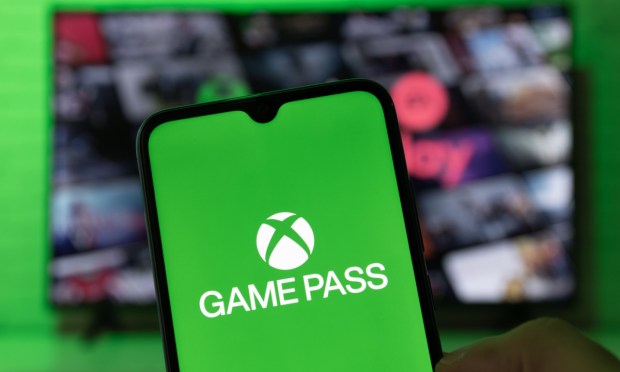
As more entrants crowd the gaming subscription space, Microsoft is still growing engagement with its Xbox Game Pass membership program, suggesting that when it comes to gamers, there is plenty of demand to go around.
On a call with analysts Tuesday (Oct. 24) discussing the technology company’s first-quarter fiscal 2024 financial results, CEO Satya Nadella spoke to how gaming subsidiary Xbox has been driving both new subscriptions and engagement among existing users.
“Already, with Game Pass, we’re redefining how games are distributed, played, and discovered. We set a record for hours played per subscriber this quarter,” Nadella said.
He noted that the launch of the company’s Starfield game drove the highest-yet number of new subscribers in a single day and that Game Pass saw “better-than-expected subscriber growth” throughout the quarter.
This subscriber growth contributed to a 13% year-over-year increase in Xbox content and services, even as Xbox hardware revenue fell by 7%, and the content and services gains drove a $309 million increase in overall gaming revenue for the company.
These gains come even as more entrants into the gaming subscription space raise the competitive bar. Incumbents in the space including Nintendo Switch Online and PlayStation Plus boast tens of millions of subscribers, and more major tech companies are staking their claim in the category. Meta has Meta Quest+, its new gaming subscription service for its virtual reality (VR) headsets. Google is reportedly testing online gaming for YouTube.
Netflix, meanwhile, is in the process of leveraging subscribers’ enthusiasm for its existing intellectual property (IP) to create a gaming business that can circumvent entrants’ typical challenges building up their memberships.
“We believe that we can build games into a strong content category, leveraging our current core film and series by connecting members, especially members that are fans of specific IPs, with games that they will love,” Netflix Co-CEO Greg Peters told analysts on a call last week. “As we make those connections, … we’re essentially sidestepping the biggest issue that the mobile games market has today, which is how do you cost effectively acquire new players.”
Certainly, there is a significant opportunity here for companies that can stand out against the competition. A PYMNTS Intelligence study of more than 4,600 consumers in July found that consumers spend an average of 4.7 hours per day, or 27% of their time, on leisure activities on a given workday, and that figure jumps to 6.9 hours on weekends.
This opportunity is global. PYMNTS Intelligence’s study last year, “Benchmarking The World’s Digital Transformation,” which drew from surveys of more than 15,000 consumers across 11 countries, found that 61% are highly digitally engaged when it comes to activities related to having fun. Another 16% are moderately digitally engaged.
Still, consumers are being cautious with their subscription spending amid ongoing financial challenges. Take, for instance, their retail subscriptions. The PYMNTS Intelligence report “Subscription Commerce Readiness Report: The Loyalty Factor,” created in collaboration with sticky.io, which is based on an April survey of more than 2,000 U.S. consumers with retail product subscriptions, found that the average number of such subscriptions per subscriber is down to 2.6, the lowest number on record since February 2021. As such, subscription merchants are challenged to work harder for their subscribers’ loyalty.